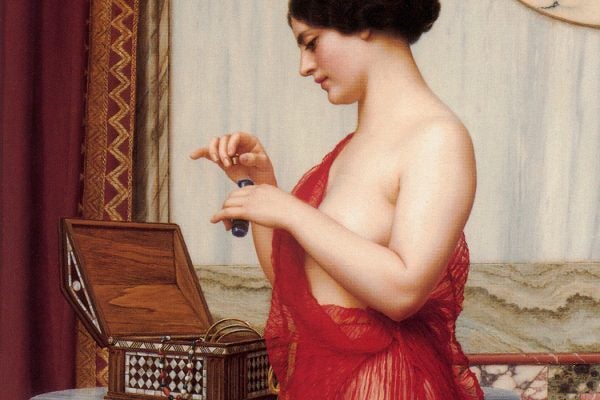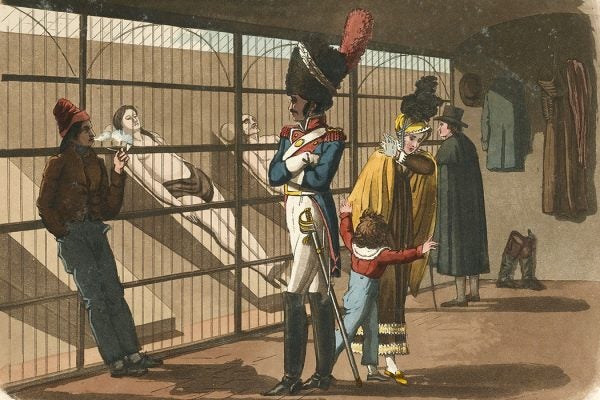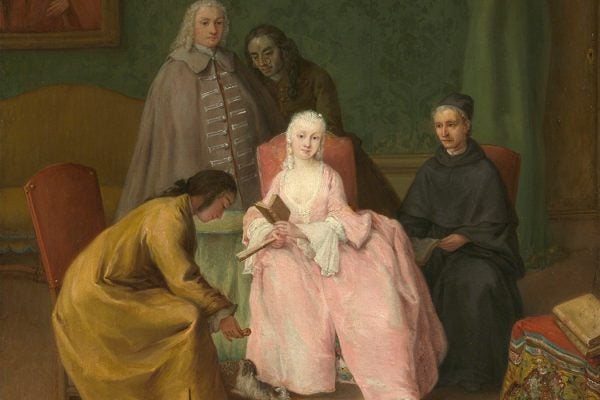Our Long-Running Love Affair with Pigeons
Through crazes of pigeon-fancying, these birds have been reshaped into a dizzying variety of forms.
When the English Witnessed Battles in the Sky
Some claimed the battles were so fierce they could smell the gunpowder.
When Royals Perfumed Themselves with the Excretions of Musk Deer and Civet Cats
In the era of Louis XV, it was fashionable to drench oneself in “animal scents.”
The Paris Morgue Provided Ghoulish Entertainment
With its huge windows framing the corpses on display, the morgue bore an uncomfortable resemblance to a department store.
When Asbestos Was a Gift Fit for a King
File under: “don’t try this at home.”
Socially Sanctioned Love Triangles of Romantic-Era Italy
Eighteenth-century Italian noblewomen had one indispensable accessory: an extramarital lover.
Superbarrio: The People’s Superhero
Defender of the poor tenants and evictor of the voracious landlords, a masked lucha libre wrestler rose from the ruins of Mexico City’s 1985 earthquake.
Martin Luther’s Monsters
Prodigies, or monsters, were opaque and flexible symbols that signaled that God was sending some message.
“Beating the Bounds”
How did people find out where their local boundaries were before there were reliable maps?
When Monks Went Undercover to Steal Relics
Because relics were understood to be capable of working miracles, any relic that was stolen must have wanted to be.











